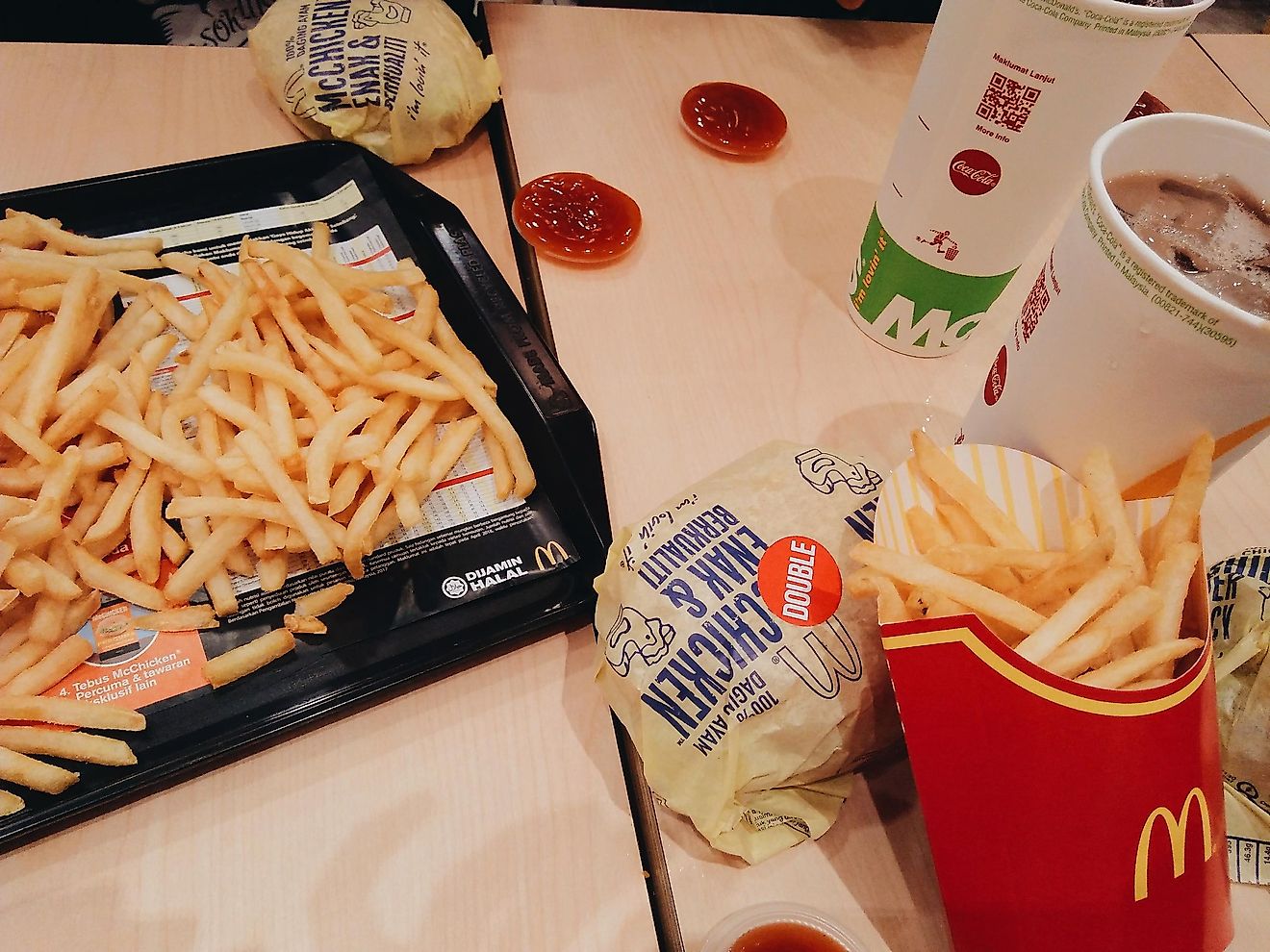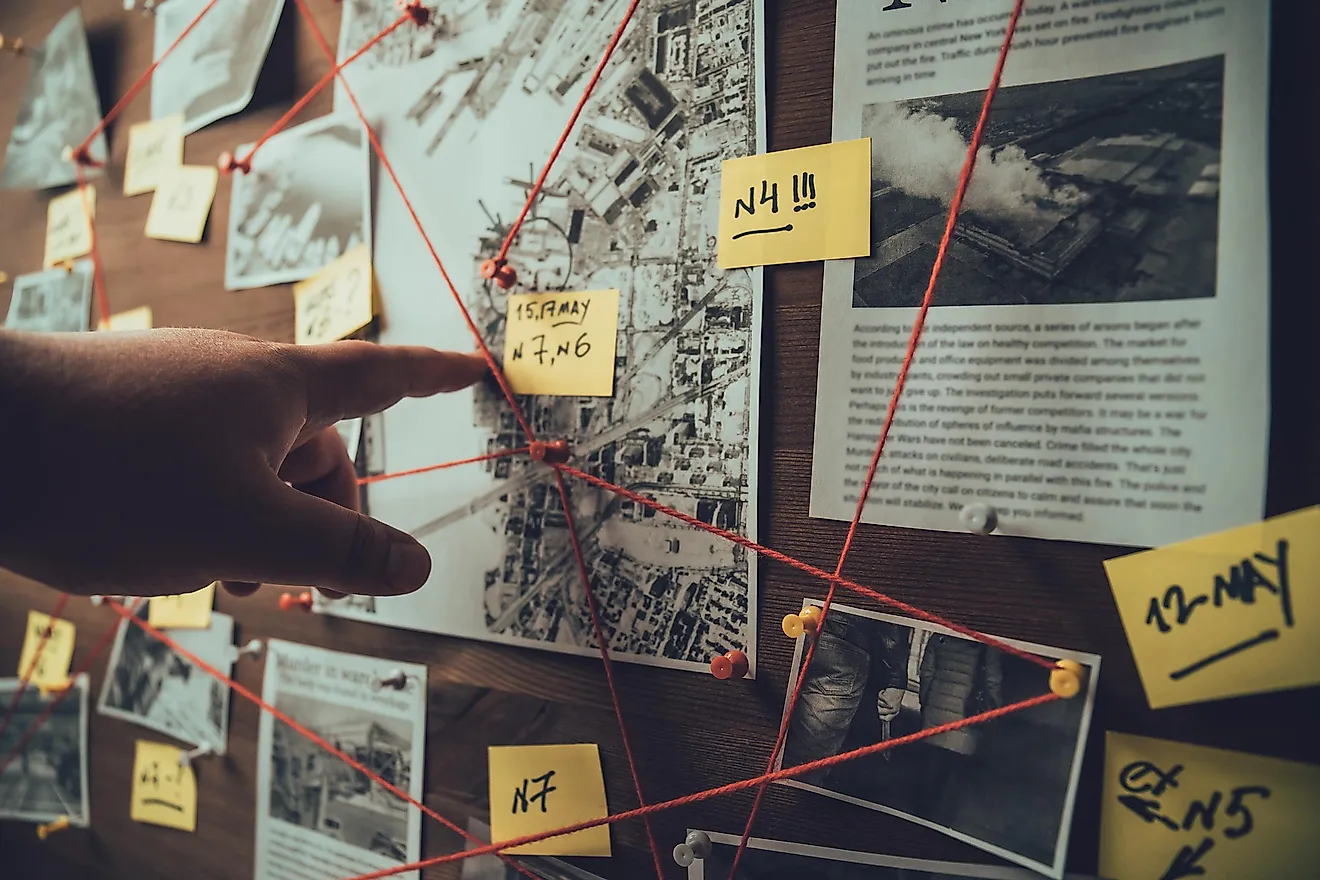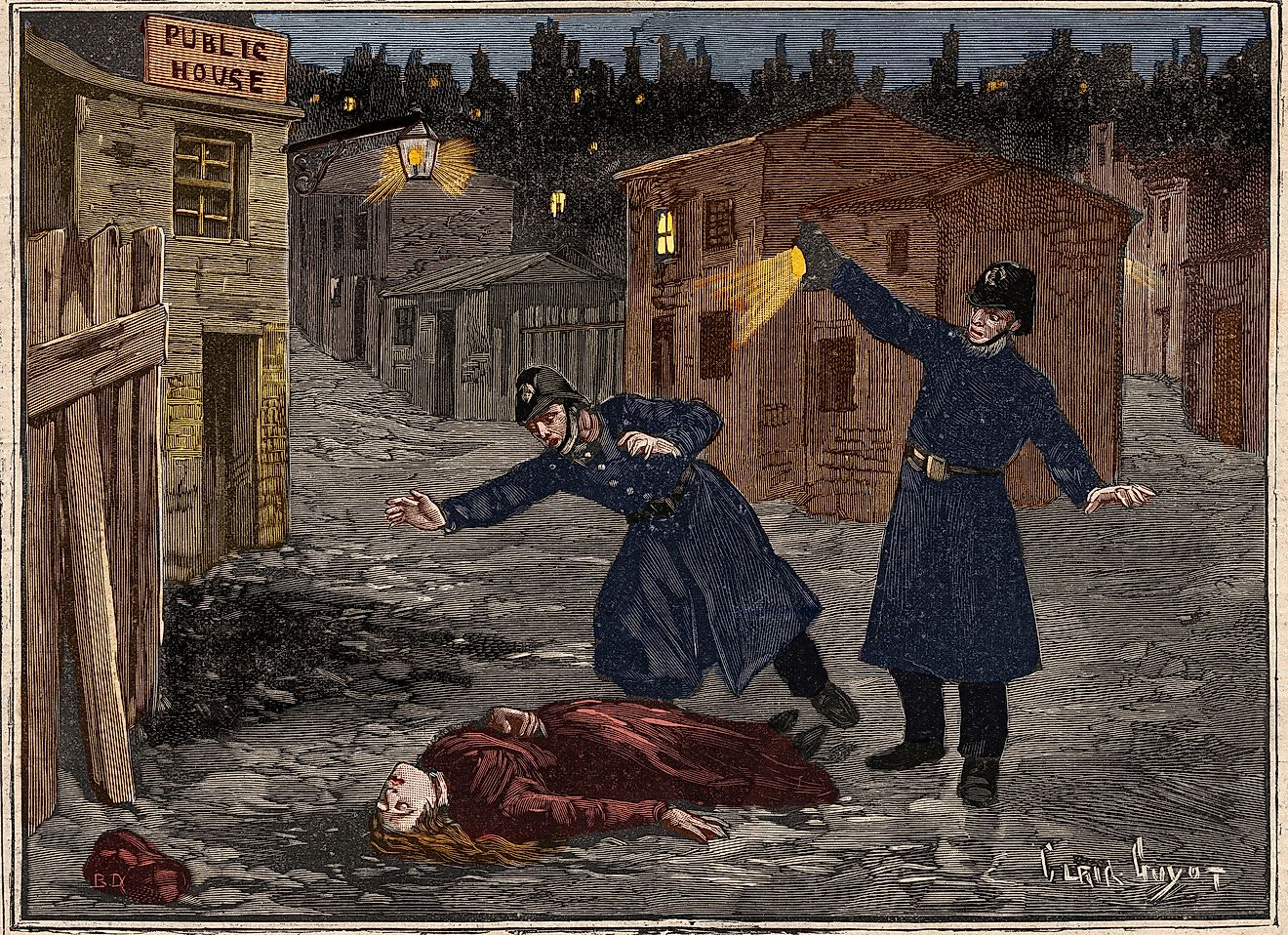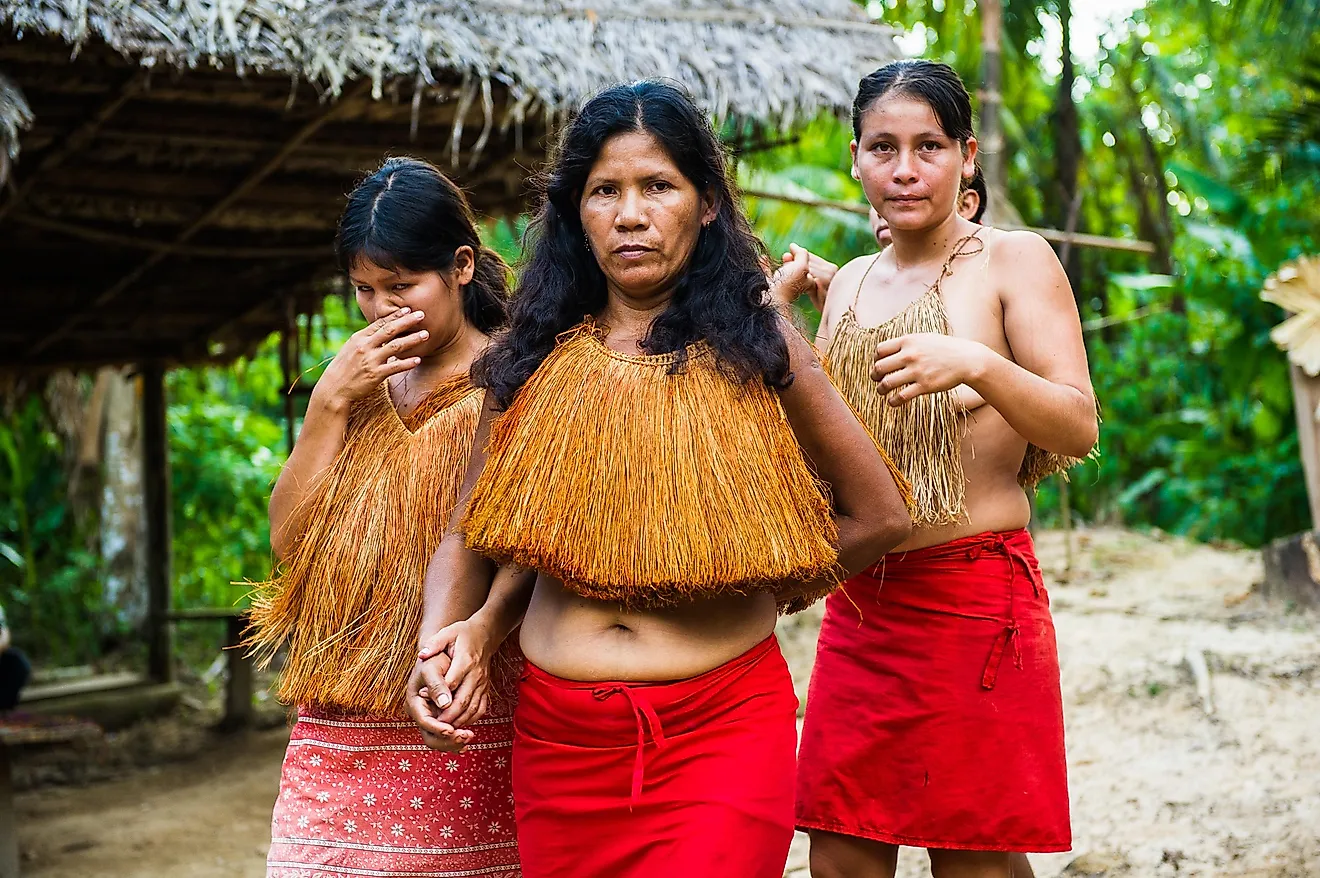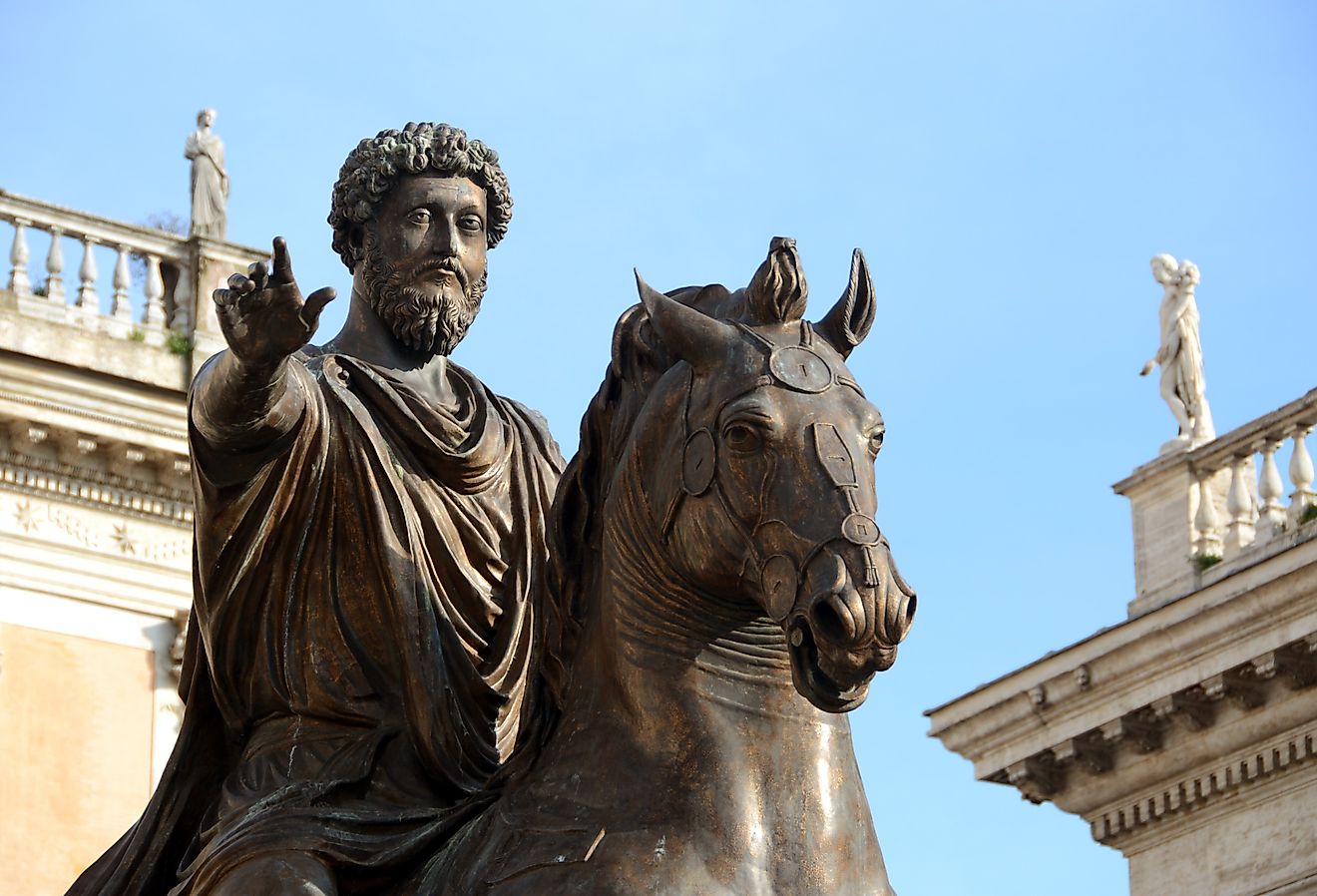10 Worst Countries For Wildlife Trafficking Today
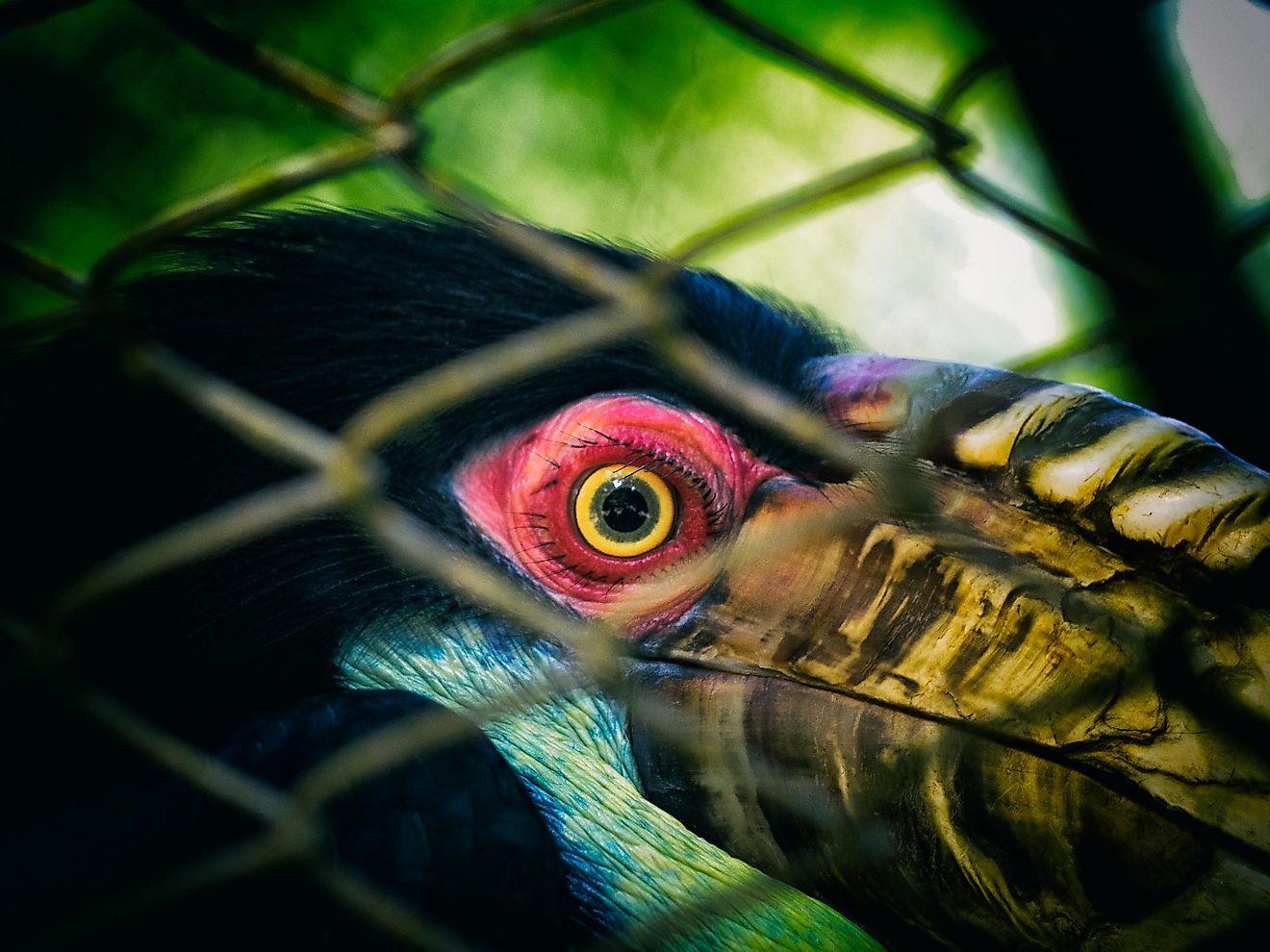
- Wildlife trade causes significant damage every year, not only to the natural world, but also to the economies of certain countries.
- Kenya is notorious for its elephant trade network.
- South Africa is a hub for the wildlife trafficking operations of many neighboring countries.
Wildlife trafficking refers to the practice of trading products that are derived from animals that live in the wilderness. These animals were most often taken from their natural habitat by force, or sometimes raised under specially controlled conditions. Wildlife trafficking can be conducted in many ways. Sometimes it involves the trade of the animals themselves, dead or alive, while at other times, only the products derived from the animals are traded. Those products include skins, bones, or meat.
There are countries where the legal trade of wildlife is regulated, but when we are talking about wildlife trafficking, we are mostly thinking about illegal activities. This type of wildlife trading is spread all over the world, and it is economically comparable to other illegal trades such as the trafficking of drugs or weapons. Wildlife trafficking has a negative impact on nature. It serves as a conservation problem of large magnitude and is an enormous threat to the survival of certain animal species. These ten countries are known for their illegal practices of trading with animals.
10. The Philippines

The Philippines have been a source for wildlife trafficking for a while now. It is estimated that the amount of money that is lost through wildlife trafficking every year in the Philippines is somewhere around 1 billion dollars. That includes the market value of the wildlife that is being trafficked, their role and value in the ecology, and the damage caused during poaching.
9. Malaysia

The most popular animals that are trafficked in Malaysia are macaques, hornbills, rare kinds of parrots and reptiles, deer, tortoises, baby sun bears, leopard cats, and many more. Malaysia is notorious for being a destination airport for wildlife trade, as well as a transit location.
8. India

In India, wildlife trafficking includes a wide variety of animal products, including mongoose hair, snake skins, tiger and leopard claws, skins and whiskers, rhino horns, elephant tusks, and many more. There are even some medicinal plants whose trade is considered illegal being trafficked from India. Most of these things are sold outside of the country because the demand for them in India is non-existent.
7. Vietnam

In Vietnam, the animal that is often being trafficked is the Asiatic Black Bear. This species is facing a severe decline in numbers due to the sheer amount of trafficking going through Vietnam every day. Vietnam has also developed a Wildlife Crime Unit called “Education for Nature,” which is doing its best to combat the decline and rescue as many bears as possible. The numbers of the Asiatic Black Bear have dropped by over 60 percent over the last 30 years.
6. Thailand

Thailand is considered mostly a transit country for trafficking, which makes it very important, and means that it should be looked into to stop these illegal activities. Not that there are not attempts already. The Thai government is continuously trying to put an end to poachers, but the struggle is long and hard. Even though it is considered a transit country, there are still traces of illegal trade of tigers left there.
5. China

China is often considered the center of the rhinoceros and tiger trade networks. In recent times, farms in China have grown to not only include animals such as pigs, cows, and chickens but also tigers, bears, and rhinos, all for wildlife trafficking. The Chinese market’s demands for wildlife products are an enormous force in the global trade of endangered species. These farms are sometimes run as entertainment centers for tourists, where animals are trained to perform various acts. Meanwhile, they are tortured, placed into small cells, and eventually slaughtered behind the scenes.
4. South Africa
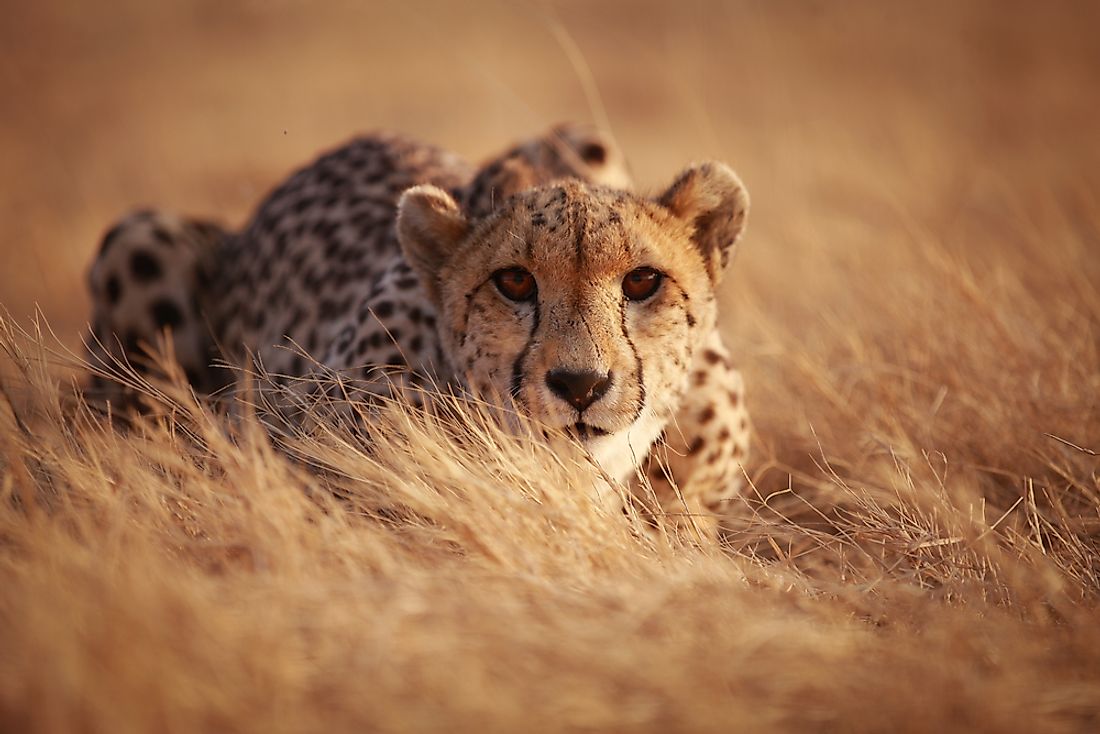
South Africa is also a large hub for the smuggling of wildlife because it also gathers surrounding countries such as Botswana, Namibia, and Swaziland. It serves as a source for consumers from other parts of Africa, as well as the rest of the world. South Africa is a place where we can often find not only poachers and traffickers but also intermediaries and consumers. The animals threatened by poaching include exotic birds, lions, cheetahs, elephants, and rhinoceros.
3. Uganda

Uganda is also one of the most common transit points in wildlife trafficking in the Central and East Africa region. Just like the previous two countries, ivory is constantly being smuggled by Ugandan criminal organizations, but recently pangolin has also become popular in illegal trades. Other animals or products that are being traded include birds, reptiles such as chameleons and hippopotamus teeth.
2. Tanzania

Tanzania is another African country that has a large problem with wildlife trafficking. It is believed that the majority of ivory and pangolin scales are trafficked by sea. Ports in Tanzania are therefore extremely vulnerable to the dangers of trafficking despite the law-enforcement forces trying their best to combat it. Large amounts of ivory that were seized during the previous decade originated from Tanzanian ports.
1. Kenya

Kenya is most well known for its elephant trade network. Poaching has a massive effect on the entire East African region. Ivory and rhino horns are in huge demand, and that is why these animals are experiencing severely declining populations all over the African continent. In Kenya, wildlife crime is continuously evolving, which presents new challenges to the preservation of wildlife. Elephant and Rhino poaching have been a massive problem in Kenya for ages now, and it is still active, without a trace of an immediate solution.


